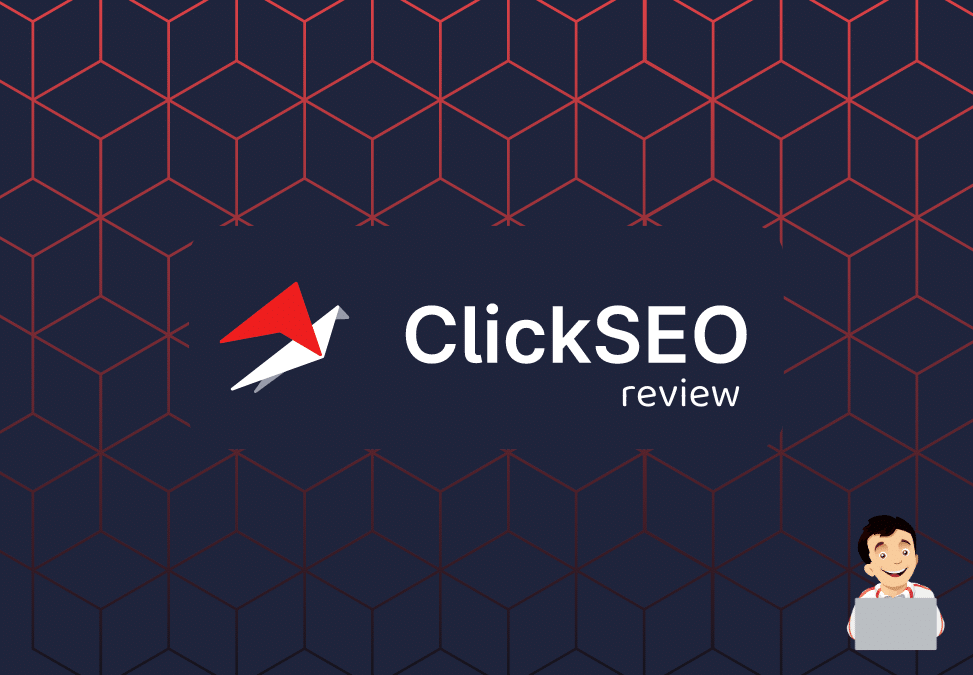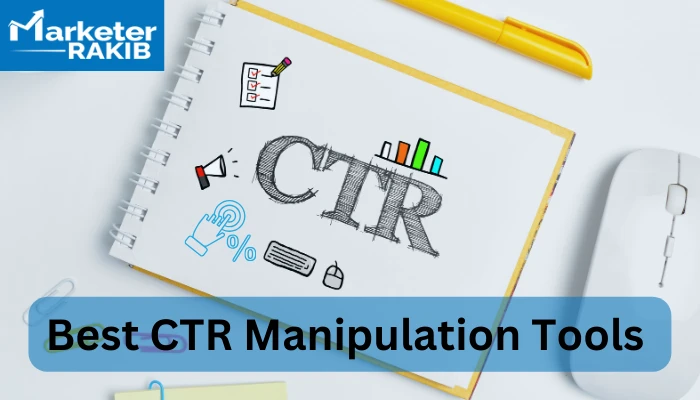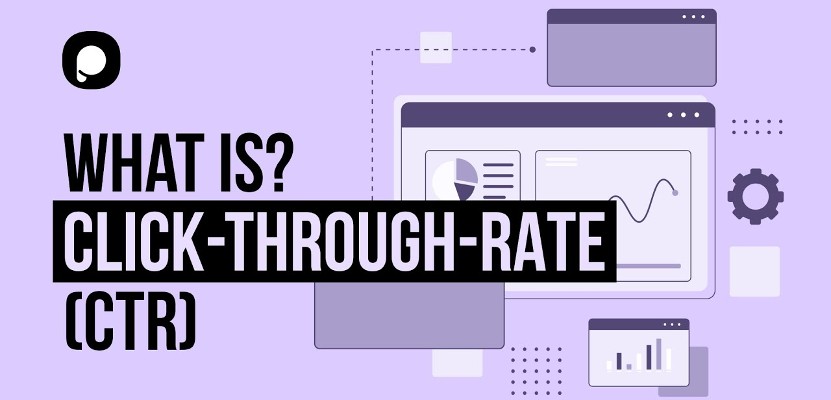Transform Your Click-Through Rates with Proven CTR Manipulation Strategies
Enhancing Organic Click-Through Fees With CTR Manipulation
The optimization of organic click-through prices (CTR) is a nuanced undertaking that rests on comprehending both customer psychology and efficient material discussion. By leveraging tactical control methods, such as strongly crafted headlines and aesthetically appealing components, marketing professionals can significantly improve customer engagement. However, the landscape is raging with mistaken beliefs and oversimplifications concerning what genuinely drives CTR. As we explore the details of these approaches, it ends up being necessary to recognize the underlying principles that can lead to sustained success in capturing audience attention. What truly sets apart the effective from the ineffective in this crucial aspect of digital advertising?
Understanding Click-Through Fees
Recognizing click-through rates (CTR) is vital for assessing the effectiveness of online advertising and marketing methods. CTR determines the percentage of customers that click on a specific web link or ad compared to the complete variety of individuals that see it. A higher CTR shows that the content is involving and appropriate to the target audience, while a reduced CTR may signal a demand for optimization.
To determine CTR, separate the variety of clicks by the number of impacts and multiply by 100. If an advertisement receives 300 clicks out of 10,000 impacts, the CTR would be 3%. This statistics is important for assessing numerous elements of electronic advertising and marketing, including seo (SEARCH ENGINE OPTIMIZATION), email campaigns, and social media marketing.
Additionally, evaluating CTR aids online marketers recognize which techniques generate the very best outcomes and which call for refinement. By concentrating on enhancing CTR, organizations can enhance their material's presence and efficacy, causing raised traffic and prospective conversions. Recognizing the nuances of CTR is foundational for any type of marketer aiming to enhance their on-line presence and optimize return on investment (ROI)

The Psychology of Customer Actions
Individual habits is considerably influenced by emotional variables that determine how individuals connect with on the internet content. Understanding these variables is necessary for enhancing click-through rates (CTR) in natural search results. Cognitive biases, such as the anchoring result, play a critical function fit customers' understandings. Their preliminary impressions can greatly influence their subsequent judgments about relevance and reputation. when customers come across information.
Psychological feedbacks likewise dramatically impact individual actions. Content that resonates mentally can cause a sense of seriousness or inquisitiveness, prompting individuals to click. Furthermore, social evidence-- such as user evaluations or scores-- can boost trust and encourage interaction, as people usually want to the habits of others to notify their very own choices.
Moreover, the principle of shortage can drive clicks - CTR Manipulation. Limited-time offers or special material produce a concern of losing out (FOMO), engaging customers to act quickly. Understanding these psychological chauffeurs enables marketing professionals to develop even more engaging material that resonates with their target audience
Efficient CTR Control Techniques
Leveraging psychological insights can significantly enhance click-through rates (CTR) via targeted adjustment strategies. Among the most efficient methods is using compelling headings that stimulate interest or seriousness. Phrasing titles as questions or including numbers can bring in even more attention, prompting customers to click.
An additional method includes optimizing meta descriptions to develop a feeling of significance and immediacy. By clearly describing the benefits or remedies provided in the web content, you can involve potential viewers and encourage them to click. Furthermore, utilizing power words-- such as "unique," "verified," or "totally free"-- can boost the charm of your content.
Aesthetic aspects also play a critical function. Incorporating distinctive pictures or thumbnails can attract customers in and improve CTR. A/B screening different visuals can aid determine which photos resonate ideal with your audience.
Last but not least, making sure that your content assures deliverable value brings about higher CTR. They are extra likely to involve when users view that clicking will offer them with purposeful insights or options. By using these methods attentively, online marketers can properly manipulate CTR to their advantage while keeping moral standards.
Typical Misconceptions About CTR
Numerous misunderstandings surround click-through prices (CTR) that can lead marketers to make misdirected decisions. While a high CTR recommends that more users are clicking, it does not guarantee sales or conversions.
An additional usual idea is that CTR is a separated metric. In truth, CTR ought to be reviewed along with various other performance indicators, such as bounce price and conversion price, to gain an alternative view of project success.
In addition, some marketers presume that maximizing for CTR alone suffices. Nonetheless, concentrating solely on CTR can cause clickbait strategies that might draw in clicks but fail to involve users meaningfully. This technique can harm brand track record and lead to lower retention rates
Last but not least, there is a concept that CTR approaches are generally effective. The fact is that optimum CTR methods can vary dramatically throughout industries and target audiences, demanding tailored approaches for different market segments. Recognizing these misconceptions is crucial for developing efficient CTR strategies that align with overarching advertising goals.
Determining CTR Success
Although high click-through prices (CTR) can indicate effective interaction with web content, gauging their real success needs a thorough evaluation of several aspects. It is important to comprehend the context in which the CTR is attained. A high CTR on a misleading title may try this website not convert to directory purposeful involvement or conversions, ultimately reflecting badly on the brand's reputation.
2nd, examining the resource of website traffic is vital. Organic traffic from search engines can indicate a robust web content strategy, while clicks from unnecessary sources may indicate an absence of targeting. Furthermore, determining the subsequent user actions is important; examining metrics such as bounce rate, time invested on web page, and conversion prices can offer much deeper insights right into the top quality of the involvement launched by the CTR.

Final Thought

The optimization of organic click-through rates (CTR) is a nuanced undertaking that pivots on comprehending both visit user psychology and reliable material presentation. CTR determines the portion of individuals that click on a details web link or ad contrasted to the total number of users who see it. A greater CTR indicates that the material is involving and pertinent to the target audience, while a lower CTR may signal a need for optimization.
Concentrating exclusively on CTR can lead to clickbait tactics that may draw in clicks but stop working to engage customers meaningfully. In addition, gauging the subsequent user habits is crucial; assessing metrics such as bounce price, time invested on page, and conversion rates can supply deeper understandings into the high quality of the involvement initiated by the CTR.